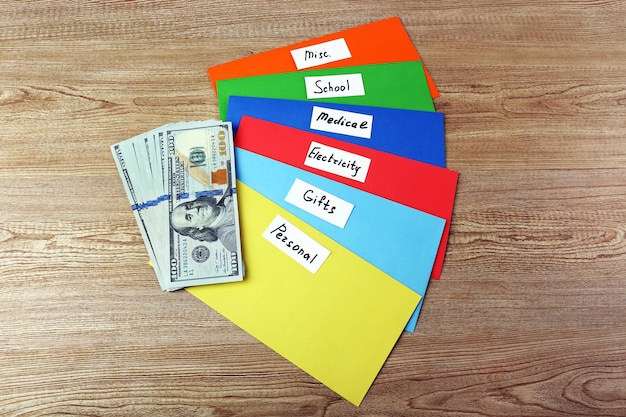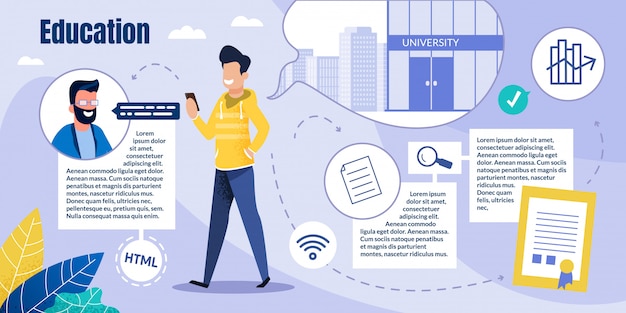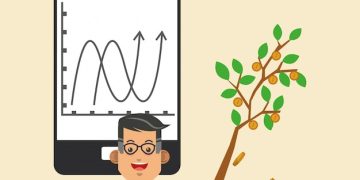Smart Borrowing in 2025: Federal vs. Private Student Loans & Interest Projections

Smart borrowing in 2025 involves understanding the nuances between federal and private student loans, considering projected interest rates and individual financial circumstances to make an informed decision about funding higher education.
Navigating the world of student loans can feel overwhelming, especially when trying to predict future interest rates and choose the best option for your financial situation. This article aims to provide a comprehensive comparison of federal and private student loans in 2025, helping you make informed decisions about smart borrowing.
Federal vs. Private Student Loans: An Overview
Understanding the core differences between federal and private student loans is the first step in smart borrowing. These loan types differ significantly in terms of eligibility, interest rates, repayment options, and borrower protections.
Federal Student Loans Explained
Federal student loans are funded by the government and offer a range of benefits not typically found in private loans. These benefits include income-driven repayment plans, deferment and forbearance options, and potential loan forgiveness programs.
Private Student Loans Explained
Private student loans are offered by banks, credit unions, and other financial institutions. While they can provide additional funding when federal loans aren’t enough, they generally come with fewer borrower protections and more stringent eligibility requirements.

- Eligibility: Federal loans often require only demonstration of financial need, while private loans heavily consider credit score and income.
- Interest Rates: Federal loan rates are usually fixed and potentially lower, while private rates can be variable and depend on creditworthiness.
- Repayment Options: Federal loans offer flexible plans like income-driven repayment, whereas private loans have less flexible, fixed repayment schedules.
Choosing between federal and private loans requires careful consideration of your individual circumstances and financial goals. Understanding the pros and cons of each type is crucial for making a responsible borrowing decision.
Interest Rate Projections for 2025
Forecasting interest rates is a challenging but essential aspect of smart borrowing. While precise predictions are impossible, understanding current trends and expert analyses can provide valuable insights. Interest rates are heavily influenced by macroeconomic factors, and keeping an eye on these is critical.
Factors Influencing Interest Rates
Several factors can impact student loan interest rates, including inflation, economic growth, and monetary policy decisions by the Federal Reserve. Monitoring these factors can help you anticipate potential rate changes.
Expert Predictions for 2025
Financial analysts offer varying perspectives on the direction of interest rates in 2025. Staying informed about these predictions can help you assess the potential cost of borrowing and plan accordingly.
- Inflation: If inflation remains elevated, interest rates may remain high to combat rising prices.
- Economic Growth: Strong economic growth could lead to higher rates, while slower growth might result in lower rates.
- Federal Reserve Policy: Decisions by the Federal Reserve regarding interest rate adjustments will have a direct impact on borrowing costs.
While projections can be helpful, it’s important to remember that they are not guarantees. Staying flexible and adaptable in your financial planning is always a wise approach.
Eligibility Requirements: Who Qualifies?
Eligibility requirements for federal and private student loans differ significantly. Understanding these requirements is essential for determining which loan options are available to you.
Federal Loan Eligibility
Most U.S. citizens and eligible non-citizens enrolled in eligible degree or certificate programs can qualify for federal student loans. Eligibility often depends on financial need, as determined by the Free Application for Federal Student Aid (FAFSA).
Private Loan Eligibility
Private student loans typically require a strong credit history and a stable income. Many students need a co-signer, such as a parent or guardian, to qualify for a private loan due to limited credit history.

- FAFSA Completion: Completing the FAFSA is the first step to determine eligibility for federal student aid.
- Credit Score: Private lenders heavily weigh credit scores, so maintaining good credit is essential.
- Co-signers: A co-signer with a strong credit history can improve your chances of approval for a private loan.
Carefully reviewing the eligibility criteria for both federal and private loans will help you focus your efforts on the options that are most likely to be available to you.
Repayment Options and Strategies
Choosing the right repayment plan is crucial for managing your student loan debt effectively. Federal and private loans offer different repayment options, each with its own advantages and disadvantages.
Federal Loan Repayment Plans
Federal loans offer a variety of repayment plans, including standard, graduated, extended, and income-driven repayment plans. Income-driven plans can be particularly helpful for borrowers with lower incomes or high debt-to-income ratios.
Private Loan Repayment Options
Private student loans generally offer fewer repayment options than federal loans. Common options include standard and extended repayment plans, but income-driven plans are rare.
Selecting the optimal repayment strategy involves considering your current income, projected earnings, and overall financial goals. A well-thought-out plan can help you avoid default and minimize interest payments.
Borrower Protections and Loan Forgiveness
Federal student loans come with significant borrower protections and potential loan forgiveness programs, which are generally not available with private loans. These protections can provide a safety net in times of financial hardship.
Federal Loan Borrower Protections
Federal loan borrowers may be eligible for deferment or forbearance during periods of unemployment or economic hardship. Additionally, income-driven repayment plans can adjust monthly payments based on income and family size.
Loan Forgiveness Programs
Several federal loan forgiveness programs exist, including Public Service Loan Forgiveness (PSLF) and Teacher Loan Forgiveness. These programs can forgive the remaining loan balance after a certain number of qualifying payments.
Understanding the available borrower protections and loan forgiveness options can provide peace of mind and help you navigate unexpected financial challenges.
Making the Right Choice: Smart Borrowing in 2025
The decision to choose federal or private student loans is a personal one, based on your individual circumstances, financial goals, and risk tolerance. Smart borrowing involves carefully weighing the pros and cons of each option and making an informed decision.
Assessing Your Needs
Start by assessing your financial needs and determining how much you need to borrow. Explore all available federal loan options before considering private loans.
Comparing Interest Rates and Terms
Compare interest rates, fees, and repayment terms from multiple lenders. Consider both fixed and variable interest rates and choose the option that best aligns with your risk tolerance.
By taking a proactive and informed approach to borrowing, you can set yourself up for financial success and minimize the burden of student loan debt.
| Key Point | Brief Description |
|---|---|
| 🔑 Federal Loans | Government-backed with flexible repayment plans. |
| 🏦 Private Loans | Offered by banks, credit unions; credit-based. |
| 📈 Interest Rates | Monitor trends, consider fixed vs. variable rates. |
| 🛡️ Borrower Protections | Federal loans offer more protections and forgiveness options. |
Frequently Asked Questions
▼
Federal student loans are government-funded and offer more flexible repayment options and borrower protections, while private student loans are from banks or credit unions and are credit-based.
▼
You apply for federal student loans by completing the Free Application for Federal Student Aid (FAFSA) form online. This form determines your eligibility for federal aid.
▼
Income-driven repayment (IDR) plans are federal student loan repayment plans that base your monthly payment on your income and family size, making payments more affordable.
▼
Private student loans are rarely eligible for forgiveness programs. Forgiveness options are generally limited to federal student loans under specific circumstances.
▼
A student loan co-signer is someone, typically a parent or guardian, who agrees to be responsible for repaying the loan if the borrower fails to make payments. They provide extra security.
Conclusion
Understanding the differences between federal and private student loans, along with interest rate projections for 2025, is crucial for smart borrowing. By carefully assessing your needs, comparing loan options, and planning for repayment, you can make informed decisions that pave the way for a secure financial future.





